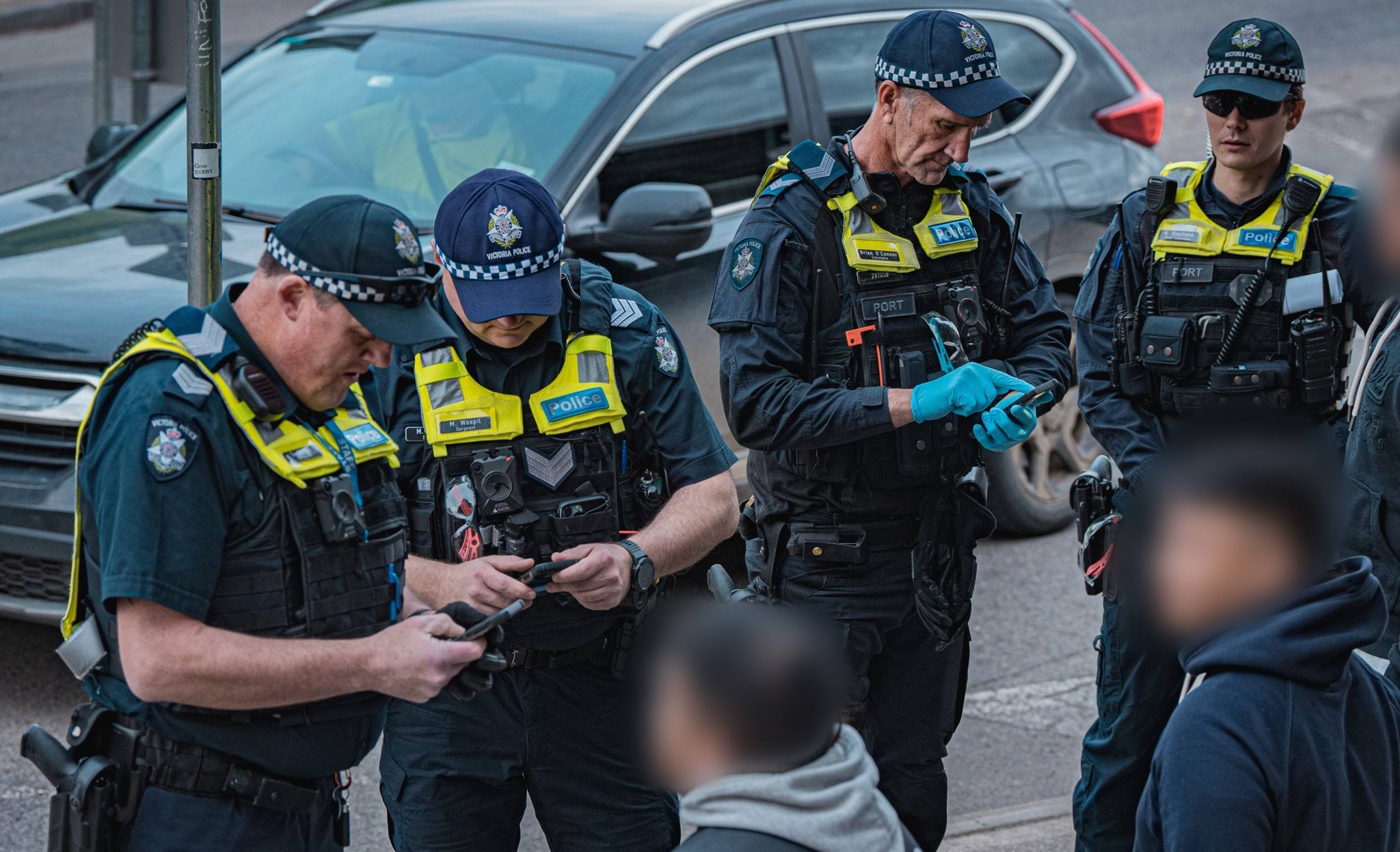Early intervention to prevent youth gang formation is the most effective approach to keeping our community safe.
The risk factors for joining a youth gang present themselves early on in a child’s life. Frequent school absences, lived experience of family violence or the influence of older siblings, are all aggravating factors to joining a youth gang5.
Neighbourhood Policing involves working alongside our community to leverage collective knowledge, ensuring we can detect and divert at-risk young people away from gang life as early as possible.
At the same time, we will restore feelings of safety in our community by regularly communicating with community groups and business stakeholders on our efforts in disrupting youth gangs and their networks.
Prevention
We know that the earlier we intervene, the more successful we are in diverting a young person away from joining a youth gang.
We will work with the community to engage with young people to build rapport and create a visible and accessible police presence.
If young people start exhibiting risky behaviours and show signs of offending, we will have the coordination and resources to intervene before they are embedded into gang life.
Detection
We will further develop our working relationships within the community to share information and intelligence on local safety concerns to inform our policing efforts.
These relationships will help us build a thorough understanding of the problem of local youth gangs and their impact, and support the apprehension and arrest of offenders.
We will focus on educating our community to know what to look for, what to do and who to notify if they become aware of youth gang activity in their community.
Disruption
Engaging with our community will help us disrupt youth gangs by increasing our understanding of local nuances and emerging trends.
This enhanced understanding will inform the development of targeted disruption approaches to those who cause the most harm, enabling greater youth gang disruption activities in areas identified as high-risk.
Case study: Schools Engagement Model
The Schools Engagement Model involves specialist and frontline police officers delivering crime prevention and safety messages to primary and secondary students across the state.
The program aims to identify opportunities to partner with educators and other services to address determinants of harm and prevent harm before it occurs.
Our role
- Creating a highly visible policing presence in high-risk locations for youth gang-related offending.
- Proactively engaging with young people to build rapport and detect early risk indicators of youth gang membership.
- Connecting with our community through local policing and obtaining intelligence about emerging youth gang issues.
- Diverting and reconnecting youth with family and community.
- Leveraging the Neighbourhood Policing Framework. The framework includes the establishment of local safety committees with community groups, government and business stakeholders which will inform the early prevention, detection and disruption of youth gangs.
What will success look like?
- Police actively engaged in the community with young people, especially in high-risk locations for youth gang-related offending.
- Victoria Police has encouraged and increased the provision of intelligence from the community that prevents and disrupts harm caused by youth gangs.
- Victoria Police has increased the use of cautioning and diversion for eligible young people and reduced unnecessary exposure to the criminal justice system.
- Victoria Police has strong relationships with schools and community organisations to identify at-risk young people and direct them towards appropriate interventions.
5 Stakeholder consultation, 12/05/2022
Updated
